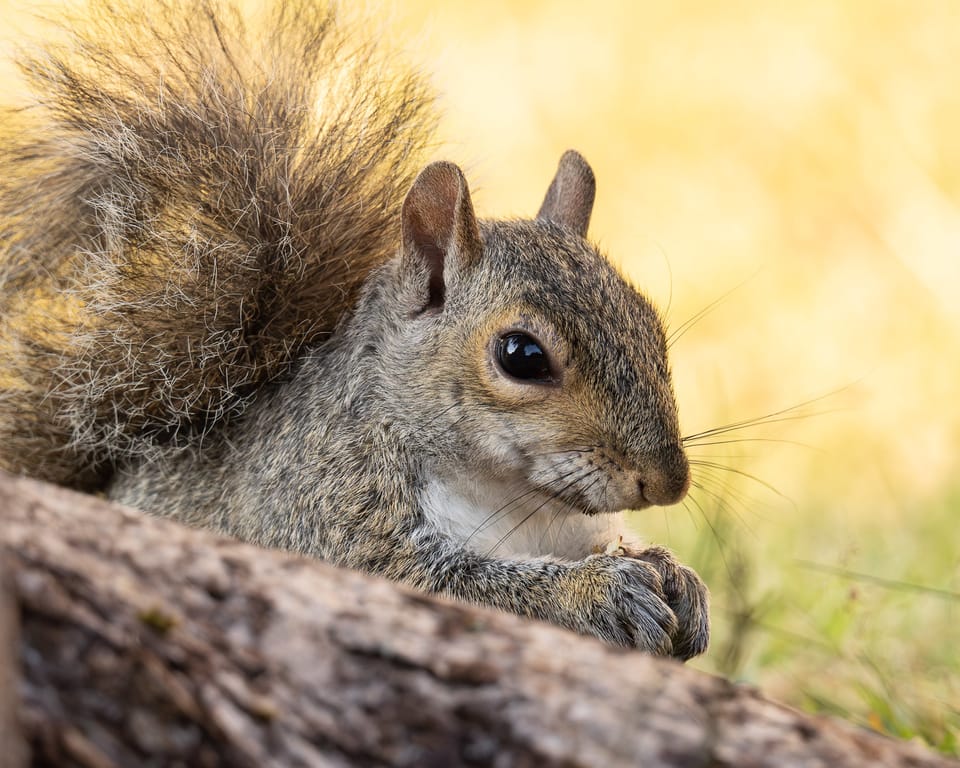EcoWest News, November 11, 2025

Welcome to EcoWest News, a weekly round-up of news and resources that you can put to use in addressing environmental issues and protecting the wild in your community.
Across the West
Manitoba’s new climate education framework “will guide schools in building climate literacy, creating classroom resources, and teaching students how environmental issues connect to their daily lives and communities.” [Winnipeg Sun]
Bloodvein River First Nation is calling for public support as it goes to court to uphold traditional territory and environmental stewardship as the Manitoba Wildlife Federation launches “a public awareness campaign warning Manitobans about the future of Crown land access under emerging federal conservation policies.” [Winnipeg Sun]
Rural Albertans are angry that oil and gas leases are unpaid with a long wait for government reimbursement. One property owner says, “the government is helping to pay oil company debts with public funds, after lax regulations allow bad companies to take over licences.” [The Narwhal]
LNG Canada has been offering Kitimat residents money to temporarily relocate during periods of elevated noise and emissions. In return, residents agree not to complain publicly or sue the company. [The Narwhal]
While Canadians may support fast-tracking priority projects, most are opposed to bypassing environmental considerations. [West Coast Environmental Law]
Across Canada
Data is missing or inaccessible for many Canadian mining projects, making it difficult to assess how the mines are affecting the surrounding community as there is no baseline for measuring environmental damage. [CBC]
Around the World
Drax, Britain’s largest power plant, continues to burn 250-year-old trees from Canada’s old-growth forests. In return, they receive billions of pounds in green-energy subsidies. [The Guardian]
Your EV is not a car – it’s a mobile energy unit and an essential part of the global energy transition. [The Energy Mix]
In the past, the Chinese have driven new global oil demand, but that’s changing. EVs represent 50% of small vehicle sales in China, and there’s been a 9% drop in gasoline/petrol demand over the previous year. [Carbon Commentary]
Waste from deep-sea mining could starve zooplankton, a critical food source for the entire marine food web. [The Verge]
Plastics
Bioplastics still contain toxic chemicals, and their production is often energy-intensive and generates chemical waste. The best solution is to reduce plastic production: “The average plastic bag is used for 12 minutes … Let’s use plastic for things that keep people alive, versus for carrying groceries.” [The Revelator]
Carbios, a leader in full enzymatic recycling of plastics has licensed its technology to a Chinese company for use across Asia. A full-scale biorecycling plant will be built in China. [Carbon Commentary]
Water
Agricultural wetlands may help protect crops from heatwaves and droughts and purify water heading downstream of excess nutrients. [The Western Producer]
New Orleans is learning to live with water using stormwater retention ponds, bioswales, pervious pavers, barrier islands and wetlands, and greenways. A skatepark located under a highway uses stormwater gardens to both contain and filter highway runoff. [Planetizen]
Making a Difference
Vancouver’s Pollinator Meadows program has paid dividends with the number of wild bee species jumping from 30 to 60 per park per year. The meadows could form the foundation for future ecological corridors. [Rewilding]
Biodiversity
Canada’s Christmas Bird Count 2024 noted 3 new sightings: Ruby-throated Hummingbird, Steller’s Sea-Eagle, and Sage Thrasher. There were 39 high counts for all North America, including Barrow’s Goldeneye, Gray Partridge, Black Turnstone, American Three-toed Woodpecker, Northern Pygmy Owl, and House Sparrow. [Audubon]
Nature’s Wonders
Acorn woodpeckers build enormous granaries with thousands of holes, each containing a single nut. They also raise their young communally with up to 15 birds working together. [bioGraphic]
Photo credit: https://www.flickr.com/photos/apmckinlay/53911210656
EcoFriendly West informs and encourages initiatives that support Western Canada’s natural environment through its online publication and the Nature Companion website/app. Like us on Facebook, follow us on BlueSky, X, and Mastodon, or subscribe by email.

Member discussion